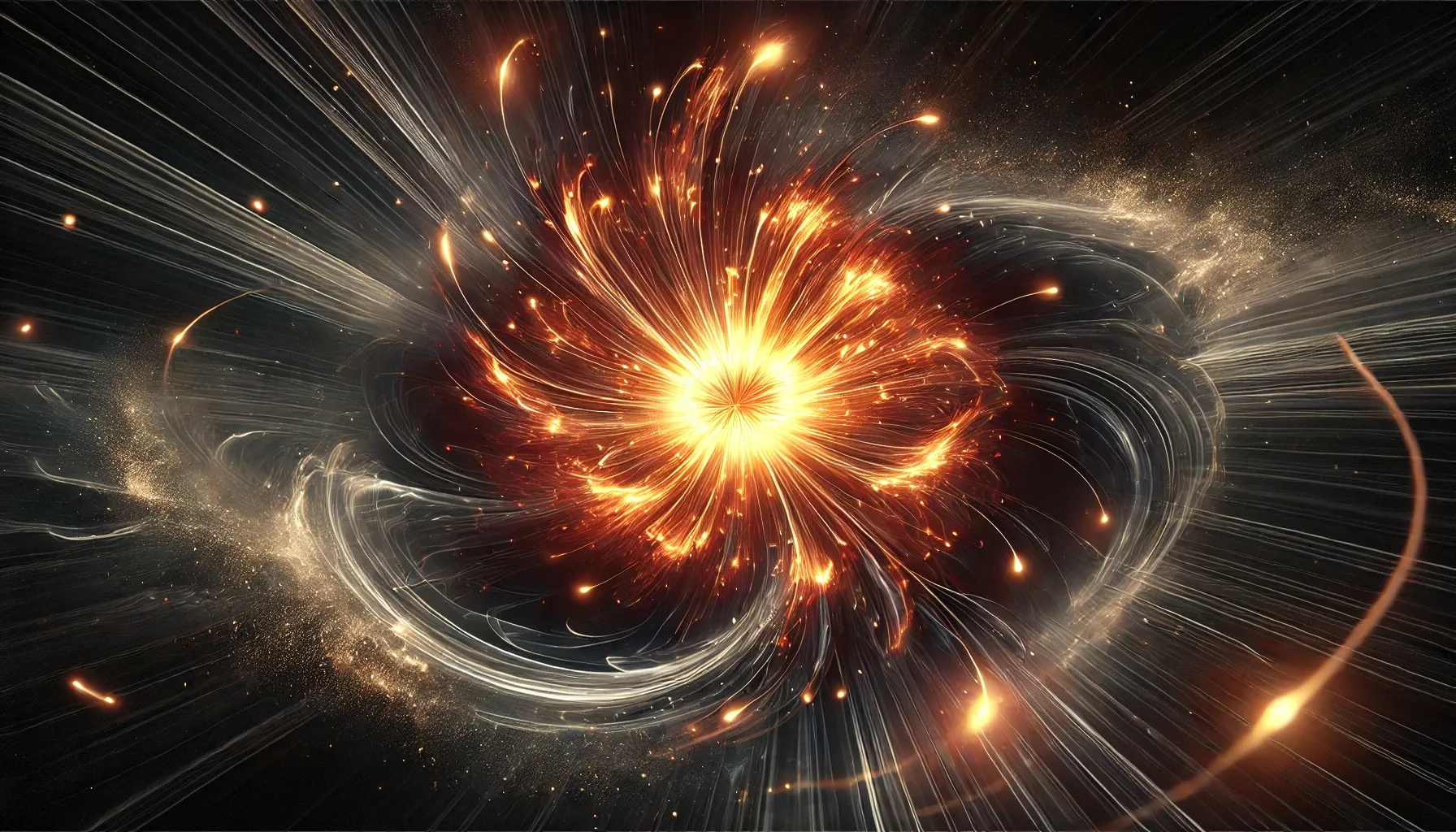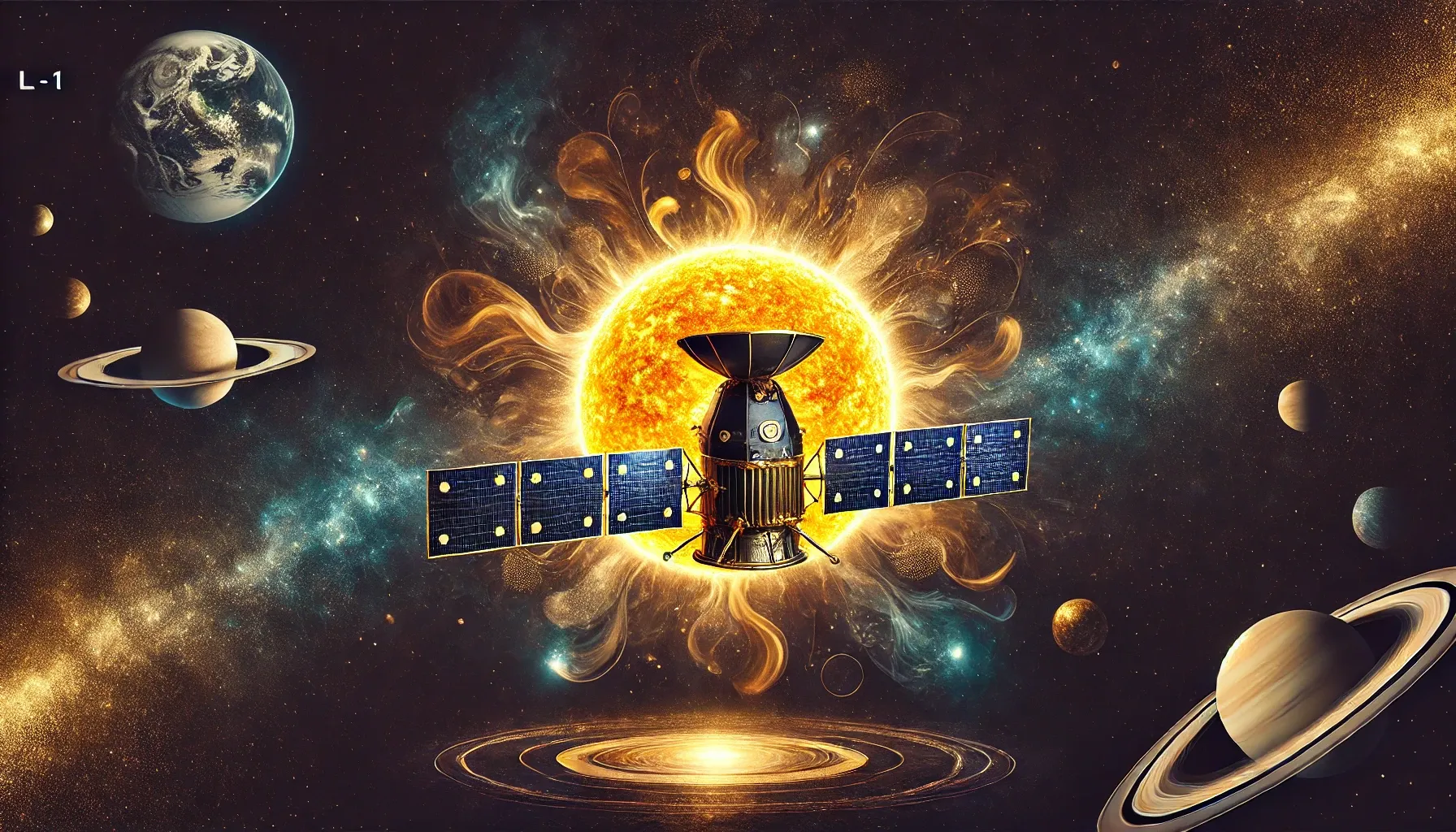UPSC
Exam Nugget
Solar Flare Kernel: Aditya-L1’s Breakthrough
Last Updated
22nd March, 2025
Date Published
22nd March, 2025
Share This Post With Someone

Context:
This analysis details India’s Aditya-L1 mission capturing a solar flare ‘kernel,’ a significant milestone in solar research announced on March 20, 2025. The piece explains the kernel’s relevance, Aditya-L1’s role, and recent global solar missions, providing insights into space weather and scientific advancements as of March 22, 2025.
Crisp Information in Points:
- Solar Flare Kernel Discovery: Aditya-L1’s Solar Ultraviolet Imaging Telescope (SUIT) captured the first-ever solar flare ‘kernel’ in the Sun’s lower atmosphere (photosphere and chromosphere), announced on March 20, 2025.
- What is a Solar Flare?: A sudden burst of radiation and particles from the Sun’s magnetic energy release, impacting Earth’s space weather, as seen in the X6.3-class flare on February 22, 2024.
- Kernel Significance: The kernel, a brightening in the near-ultraviolet (NUV, 200-400 nm) range, reveals energy transfer from the Sun’s surface to its corona, a previously unstudied detail.
- Aditya-L1 Mission: Launched September 2, 2023, by ISRO, India’s first solar mission studies the Sun from Lagrange Point L1, 1.5 million km from Earth, with seven payloads including SUIT and VLEC.
- Payload Role - SUIT: Captures UV images of the photosphere and chromosphere, enabling detailed observation of solar flare dynamics and UV radiation effects on Earth’s climate.
- Payload Role - VLEC: The Visible Emission Line Coronagraph images the solar corona in visible and infrared wavelengths, aiding study of coronal mass ejections (CMEs).
- Solar Cycle Context: The find aligns with the solar maximum (peak activity phase), driving increased flares and CMEs, with NOAA suggesting the current cycle nears its peak in 2025.
- Global Solar Missions: Alongside Aditya-L1, NASA’s PUNCH (launched March 11, 2025) and ESA’s Proba-3 (December 5, 2024) reflect a surge in solar studies during this active period.
- Space Weather Impact: Flares disrupt satellites, GPS, power grids, and radio communications; understanding kernels enhances prediction and mitigation strategies.
- Scientific Value: The kernel data advances knowledge of solar physics, energy distribution, and long-term solar variations, supporting climate and space weather forecasting.
Key Terms:
- Solar Flare: Sudden eruption of solar radiation and particles affecting space weather.
- Kernel: Brightened region in a flare’s lower atmosphere indicating energy transfer.
- Aditya-L1: India’s first solar mission observing the Sun from L1 point.
- SUIT: Solar Ultraviolet Imaging Telescope capturing UV solar images.
- VLEC: Visible Emission Line Coronagraph studying the solar corona.
- Solar Maximum: Peak of the 11-year solar cycle with heightened activity.
- CMEs: Coronal Mass Ejections, large expulsions of plasma and magnetic fields from the Sun.
Link To The Original Article – https://indianexpress.com/article/upsc-current-affairs/upsc-essentials/knowledge-nugget-solar-flare-kernel-upsc-aditya-l1-sun-9898137/

UPSC
The Hindu Briefs

UPSC
The Hindu Briefs